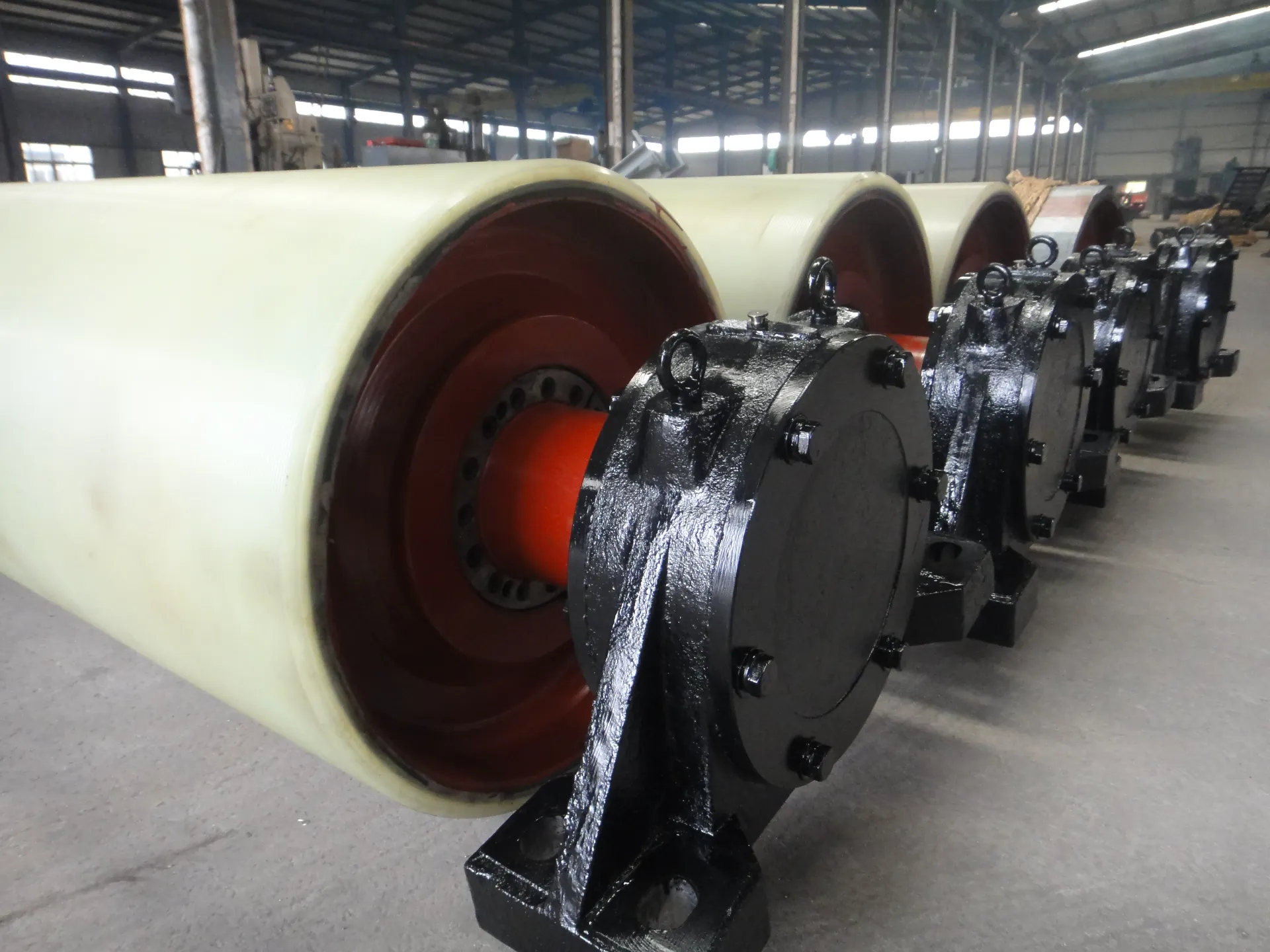 Afrikaans
Afrikaans  Albanian
Albanian  Amharic
Amharic  Arabic
Arabic  Armenian
Armenian  Azerbaijani
Azerbaijani  Basque
Basque  Belarusian
Belarusian  Bengali
Bengali  Bosnian
Bosnian  Bulgarian
Bulgarian  Catalan
Catalan  Cebuano
Cebuano  Corsican
Corsican  Croatian
Croatian  Czech
Czech  Danish
Danish  Dutch
Dutch  English
English  Esperanto
Esperanto  Estonian
Estonian  Finnish
Finnish  French
French  Frisian
Frisian  Galician
Galician  Georgian
Georgian  German
German  Greek
Greek  Gujarati
Gujarati  Haitian Creole
Haitian Creole  hausa
hausa  hawaiian
hawaiian  Hebrew
Hebrew  Hindi
Hindi  Miao
Miao  Hungarian
Hungarian  Icelandic
Icelandic  igbo
igbo  Indonesian
Indonesian  irish
irish  Italian
Italian  Japanese
Japanese  Javanese
Javanese  Kannada
Kannada  kazakh
kazakh  Khmer
Khmer  Rwandese
Rwandese  Korean
Korean  Kurdish
Kurdish  Kyrgyz
Kyrgyz  Lao
Lao  Latin
Latin  Latvian
Latvian  Lithuanian
Lithuanian  Luxembourgish
Luxembourgish  Macedonian
Macedonian  Malgashi
Malgashi  Malay
Malay  Malayalam
Malayalam  Maltese
Maltese  Maori
Maori  Marathi
Marathi  Mongolian
Mongolian  Myanmar
Myanmar  Nepali
Nepali  Norwegian
Norwegian  Norwegian
Norwegian  Occitan
Occitan  Pashto
Pashto  Persian
Persian  Polish
Polish  Portuguese
Portuguese  Punjabi
Punjabi  Romanian
Romanian  Russian
Russian  Samoan
Samoan  Scottish Gaelic
Scottish Gaelic  Serbian
Serbian  Sesotho
Sesotho  Shona
Shona  Sindhi
Sindhi  Sinhala
Sinhala  Slovak
Slovak  Slovenian
Slovenian  Somali
Somali  Spanish
Spanish  Sundanese
Sundanese  Swahili
Swahili  Swedish
Swedish  Tagalog
Tagalog  Tajik
Tajik  Tamil
Tamil  Tatar
Tatar  Telugu
Telugu  Thai
Thai  Turkish
Turkish  Turkmen
Turkmen  Ukrainian
Ukrainian  Urdu
Urdu  Uighur
Uighur  Uzbek
Uzbek  Vietnamese
Vietnamese  Welsh
Welsh  Bantu
Bantu  Yiddish
Yiddish  Yoruba
Yoruba  Zulu
Zulu Understanding the Role of Pulleys in Conveyor Belt Systems and Their Importance
The Role of Pulleys in Conveyor Belt Systems
Conveyor belt systems are an integral part of modern logistics and manufacturing processes. They offer efficient transportation of materials from one point to another, which is essential for industries ranging from mining to food processing. At the heart of these systems lies a critical component the pulley. Pulleys play a vital role in the functionality, efficiency, and longevity of conveyor belts.
Understanding Pulleys
Pulleys are simple machines that consist of a wheel on an axle or shaft designed to support movement and change the direction of force. In the context of conveyor belt systems, there are generally two types of pulleys drive pulleys and idler pulleys. Drive pulleys are connected to a motor, providing the necessary power to move the belt, while idler pulleys are used to guide the belt along its route and maintain its tension.
Functionality of Pulleys in Conveyor Systems
The design and placement of pulleys significantly affect the efficiency of a conveyor belt. Drive pulleys are located at the terminal end of the belt and are responsible for propelling the belt forward. The torque generated by the motor turns the drive pulley, creating friction with the belt surface, which is crucial for the conveyor's movement.
Idler pulleys, on the other hand, support the weight of the belt and the materials being transported. Their function is essential for maintaining proper tension in the belt, preventing it from slipping off the pulleys and ensuring smooth operation. By redistributing the load and minimizing belt sag, idler pulleys enhance the overall performance of the conveyor system.
Improving Efficiency and Longevity
pulley in conveyor belt

One of the key benefits of utilizing pulleys in conveyor belt systems is the improvement of operational efficiency. Properly designed and maintained pulleys ensure that the conveyor belt moves smoothly and consistently, minimizing downtime due to mechanical failures. Regular inspections of the pulleys help identify wear and tear, allowing for timely replacements that can save companies from costly disruptions.
In addition to facilitating smooth operation, pulleys can also contribute to the longevity of conveyor belts. By reducing unnecessary friction and wear, good quality pulleys help preserve the integrity of the belt material. Furthermore, pulleys made from robust materials that can withstand harsh environmental conditions tend to last longer, thus reducing the frequency of replacements and repairs.
Types of Pulleys and Their Applications
Pulleys come in various designs and materials tailored for specific applications. Steel pulleys are commonly used in heavy-duty applications in industries like mining and construction due to their strength and durability. Meanwhile, composite or plastic pulleys may be chosen for lighter applications or food processing, where hygiene and corrosion resistance are crucial.
Specialized pulleys, such as crowned pulleys, help to keep the belt aligned during operation, reducing the risk of off-center wear. Additionally, certain designs allow for adjustable tensioning, providing flexibility in adjusting the system based on the load.
Conclusion
In summary, pulleys are a fundamental component of conveyor belt systems, significantly influencing their efficiency and durability. By understanding the role, types, and maintenance of pulleys, companies can optimize their conveyor systems for improved performance. As industries continue to evolve and the demand for efficient material handling grows, the importance of pulleys in conveyor belt design and operation will only increase, underscoring the need for ongoing innovation and maintenance in this area. Emphasizing the significance of quality pulleys can lead to enhanced productivity and a more effective supply chain management in various sectors.
-
Revolutionizing Conveyor Reliability with Advanced Rubber Lagging PulleysNewsJul.22,2025
-
Powering Precision and Durability with Expert Manufacturers of Conveyor ComponentsNewsJul.22,2025
-
Optimizing Conveyor Systems with Advanced Conveyor AccessoriesNewsJul.22,2025
-
Maximize Conveyor Efficiency with Quality Conveyor Idler PulleysNewsJul.22,2025
-
Future-Proof Your Conveyor System with High-Performance Polyurethane RollerNewsJul.22,2025
-
Driving Efficiency Forward with Quality Idlers and RollersNewsJul.22,2025





























